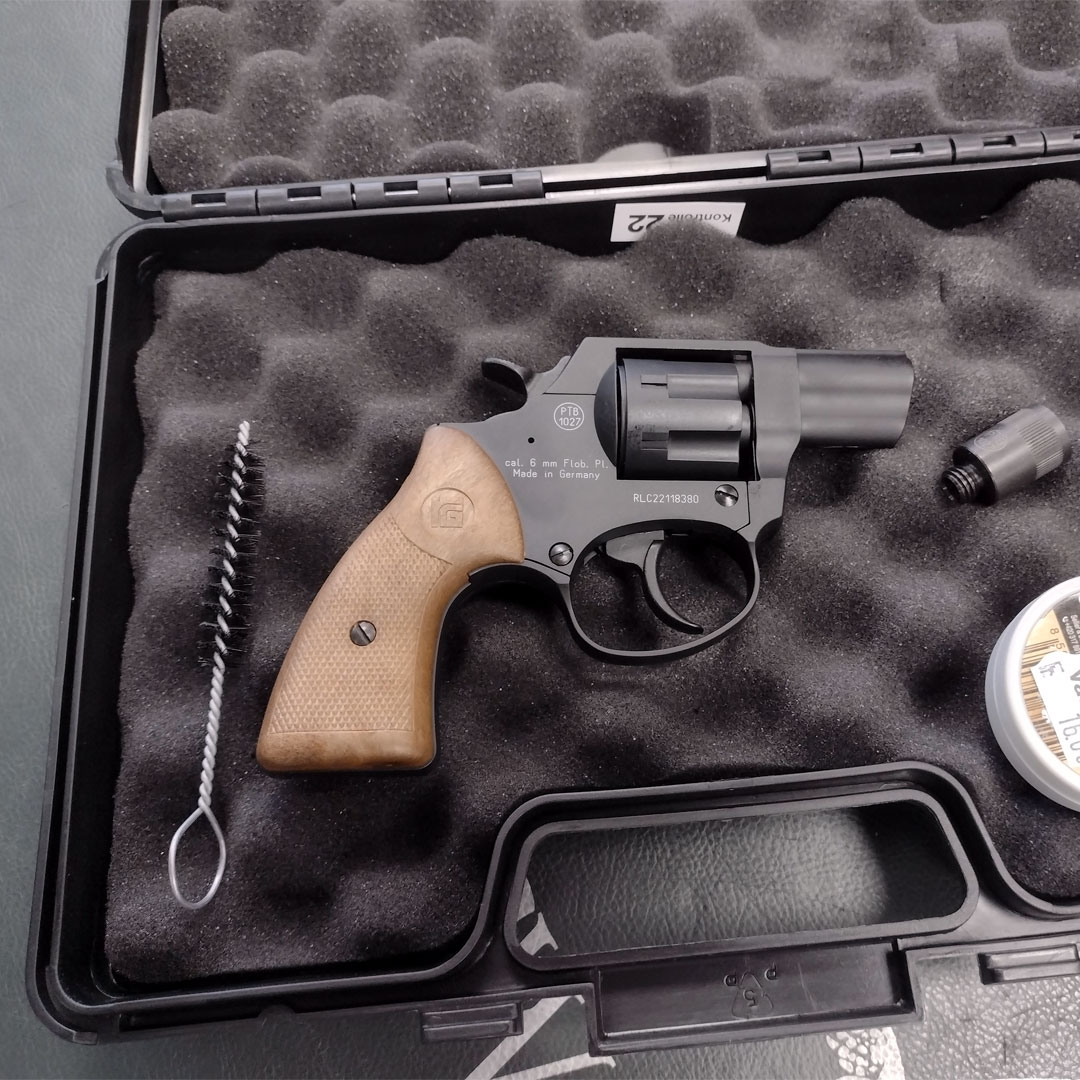Acoustic Signatures - Project 2024
The Acoustic Signatures project introduces a new approach to the conservation of culturally significant and acoustically captivating environments. Underscoring the importance of preserving the auditory dimension of our cultural and natural heritage, Acoustic Signatures stands as a crucial contribution to the preservation of historic buildings and natural landmarks.
The research involves the acoustic measurement and analysis of 15 places in the Safiental region of Switzerland using impulse responses. Based on this data, an interactive archive featuring a digital collection of these unique spaces will be established. The Acoustic Signatures-archive will enable visitors to immerse themselves in distinct environments through an audio-virtual experience.
These are the spaces of which we collected Acoustic Signatures during a monthlong research residency supported by ILEA and EAE


process / method
The pragmatic starting point of the research is the acoustic measurement of the specific reverberation of rooms...
When we talk about famous music halls, it is often because of the unmistakable sound of these rooms. Each room has its own acoustic properties, as certain resonance frequencies are particularly emphasized due to an uneven distribution of energy. Resonance and reverberation are essential characteristics of any space and make the reality of a room's geometry tangible to the senses. This acoustic profile of a room results from the combination of its dimensions, design, building materials and climatic conditions. What is known as the natural frequency of a room is determined by its architecture and thus by the standing waves, which mainly occur between parallel surfaces and are stationary. Caves or valleys are therefore acoustically more distinctive than flat landscapes or wide fields. We call the combination of spatial experience and specific reverberation an “acoustic signature”.
When determining the specific “acoustic signature” of a room, we go beyond the simple sound recording by extracting acoustic data from a sonic snapshot via specially developed software and hardware. For the measurement, the room is acoustically stimulated (with a sine-sweep or a simple bang) and the test signal is recorded with a microphone. sound.codes developed a binaural microphone — Kaan (Hindi for "ear”) — specially for this purpose. The recorded signal contains the entirety of the room resonances, also known as the impulse response.
residency / research
To gather data and gain a sort of overview, we scouted the entire valley partly on foot and by car in order to first identify interesting spaces, to then come back a second time with our equipment. During this exploration we discovered stunning places and many great people that were willing to support our project. Through the Acoustic Signatures - project we got the feeling to truly connect with the Safien valley in a very specific and unique way. Acoustics is an invisible and therefore often overlooked part of our relationship with the world, but we are always in direct contact with our material environment through physical vibrations. Resonance therefore contains information that we use automatically in everyday life (for example for orientation), but when we consciously experience resonance, we have the opportunity to connect with our surroundings in the closest possible way. This is precisely because resonance is the direct physical result of a vibration — something that moves and that moves us. We can understand resonance as the sensory evidence that the different elements of a system interact and influence each other. Sound carries a story, and our hearing helps us navigate it…
 |  |  |